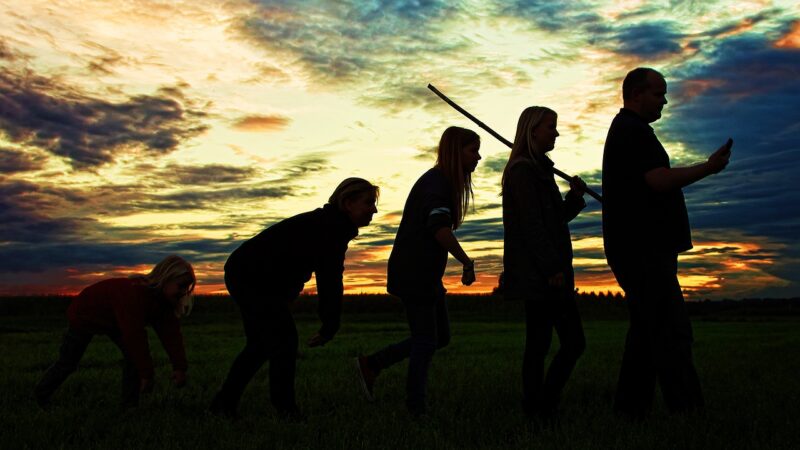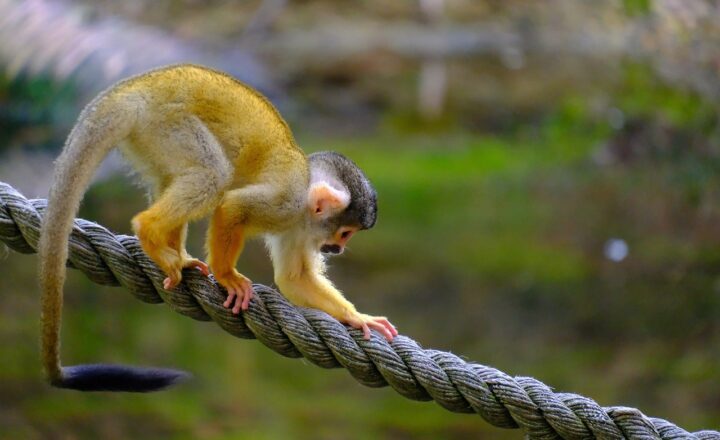The Secrets of Monkey Evolution: How Primates Shaped Human Ancestry
November 14, 2024

The story of human evolution is intricately tied to our primate relatives, particularly monkeys. These fascinating creatures have played a pivotal role in shaping not only the modern-day context of human ancestry but also the fundamental traits that characterize our species. Understanding monkey evolution provides insights into our own evolutionary journey, how we came to be, and what sets us apart.
1. The Legacy of Primates: Understanding the Basics
Primates are a diverse order of mammals characterized by their flexible limbs, social behavior, and advanced cognitive abilities. This group includes lemurs, tarsiers, monkeys, and apes, each of which provides clues about our evolutionary history.
There are two main suborders of primates:
- Strepsirrhini: This group includes lemurs and lorises, primarily found in Madagascar and parts of Africa. They possess a keen sense of smell and a range of nocturnal adaptations.
- Haplorhini: This suborder comprises tarsiers, monkeys, and apes, including humans. Haplorhines are distinguished by their reliance on vision over smell.
Understanding these categories lays a foundation for exploring the evolutionary trajectory that primates have taken, particularly in relation to monkeys and humans.
2. The Origins of Monkeys: A Brief Overview
Monkeys are divided into two categories: New World monkeys (family Platyrrhini) from South and Central America and Old World monkeys (family Catarrhini) from Africa and Asia. The divergence of these two groups dates back approximately 40 million years.
New World Monkeys
These monkeys, such as capuchins and spider monkeys, have evolved unique traits, including prehensile tails that help them navigate their arboreal environments. This adaptation allows them greater mobility and agility in the treetops.
Old World Monkeys
In contrast, Old World monkeys like baboons and macaques have developed more terrestrial adaptations, with stronger limbs and less reliance on tails. They also exhibit greater social complexity and form larger groups.
This evolutionary split illustrates how different environments shaped the anatomical and behavioral characteristics of monkeys, setting the stage for their relationship with humans.
3. Monkeys as Ancestral Markers: The Evolutionary Link to Humans
Humans share a common ancestor with monkeys that lived approximately 25-30 million years ago. The similarities in our genetic makeup reveal profound connections between the two. Here are some key evolutionary insights:
- Genetic Similarities: Humans share about 93% of our DNA with macaques, one of the closest living relatives among the monkey species.
- Social Behaviors: Many social behaviors observed in monkeys, such as grooming and cooperation, parallel features of early human societies, highlighting our shared evolutionary pressures.
- Cognitive Abilities: The problem-solving skills and tool use exhibited by some monkey species provide significant clues about the cognitive development of our early ancestors.
By studying these characteristics, researchers have begun to unravel the complexity of our evolutionary past and understand the traits that define us today.
4. The Adaptive Evolution of Monkeys: A Lesson in Survival
One of the most intriguing aspects of monkey evolution is their capacity for adaptation in response to changing environments. This adaptability has been crucial in their survival and establishment as a significant branch of primates:
- Dietary Flexibility: Monkeys are omnivorous; their varied diet allows them to thrive in various habitats, from tropical forests to savannas. This flexibility parallels early human dietary evolution.
- Social Structures: Different monkey species exhibit unique social systems—some are matriarchal while others are polygamous. These structures provide insights into the social dynamics that may have influenced human evolution.
- Tool Use: Certain monkeys have demonstrated the ability to use tools for foraging and social interaction, a trait long considered unique to humans and great apes.
These adaptive traits are reflections of environmental pressures and have significant implications for understanding human evolution.
5. Modern Monkeys: Implications for Understanding Human Behavior
Contemporary studies of monkey behavior are essential for unraveling the complexities of our own social and psychological landscapes. The following aspects highlight the relevance of monkey studies to human behavior:
- Social Learning: Research shows that monkeys learn behaviors from each other, similar to how culture is passed among humans. These findings help us understand the development of culture and social norms.
- Emotional Responses: Monkeys display a range of emotional responses and social interactions that provide valuable insights into the evolution of human emotions.
- Conservation and Ethics: Understanding monkey behavior raises awareness about the importance of conservation, given that many species are endangered. Protecting their habitats not only preserves their existence but also safeguards insights into our evolutionary past.
Thus, by observing modern monkeys, we can glean essential lessons about our behavioral development and future trajectory.
6. Conclusion: The Continuing Legacy of Monkeys in Human Evolution
The evolution of monkeys is a critical chapter in the broader narrative of human ancestry. By studying the intricate ties between monkeys and humans, we uncover the evolutionary forces that have shaped our biology and behaviors. As we delve deeper into these connections, we gain not only a better understanding of our origins but also our responsibilities toward the natural world.
Exploring monkey evolution offers invaluable insights into our shared history, highlighting that the journey of understanding who we are is as much about our past as it is about protecting the future of all primates.
As research continues to reveal these connections, embracing our evolutionary heritage signifies a commitment to not only understanding ourselves but also nurturing the environment that fosters all beings.







